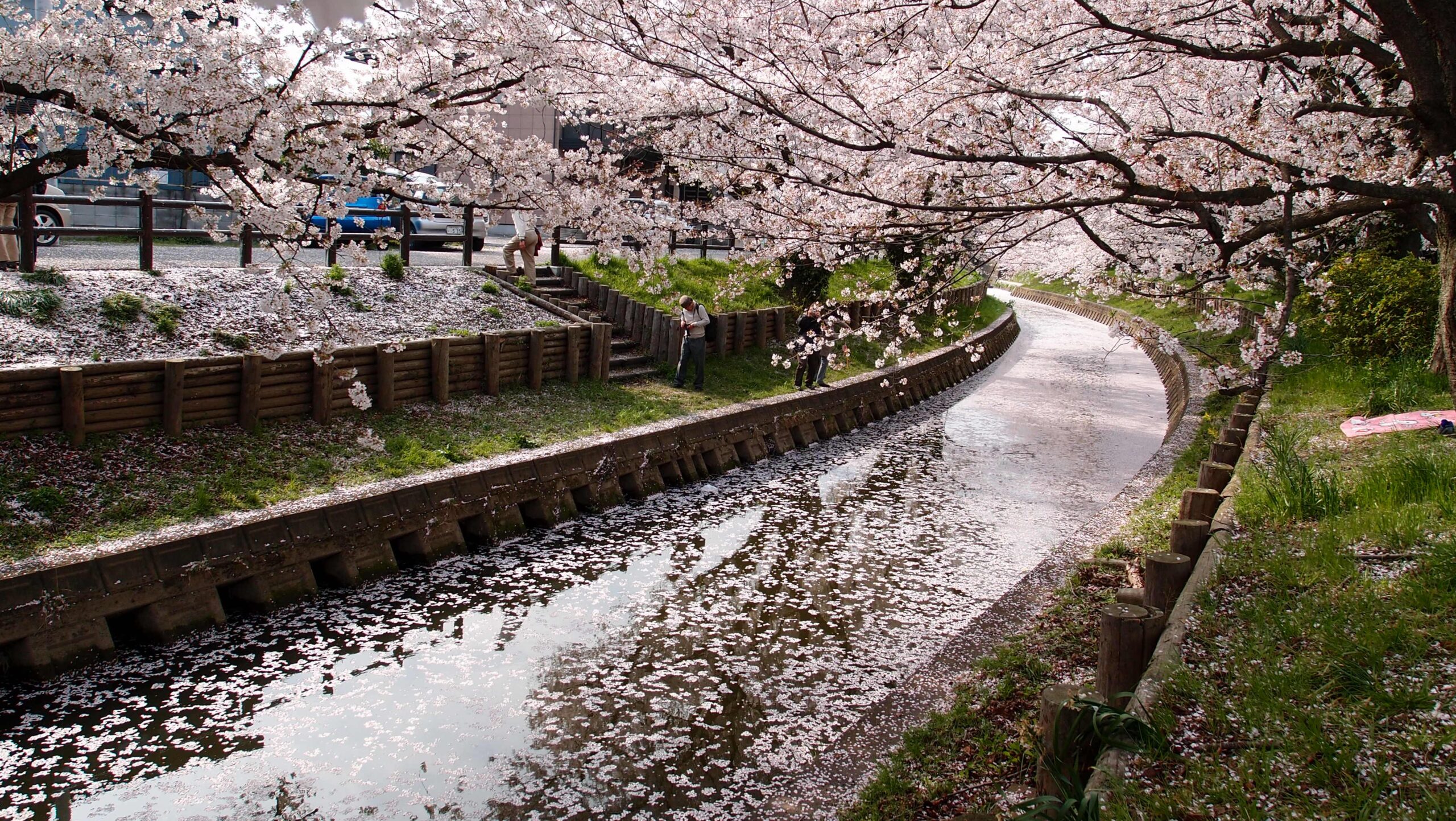It’s November and the first snowfall is forecast for later this week. School’s been in session for a few months, first quarter grades have been tabulated and assigned, students are beginning to see results flow from their attention to study. As parents calibrate themselves to the rhythm of winter–the Long Stretch of the academic calendar, it’s sometimes called–it seems appropriate to mull over the qualities that will sustain us and our kids as the scholastic demands accumulate even as the days to complete them get shorter.
But that’s alright. We teachers and tutors, parents and coaches, understand that this moment in the Schooling Life asks for an important effort from kids and adults. We need a little patience. Maybe more than a little.
Patience in our instruction and our mentorship, patience with challenging feedback from a child’s teacher, patience with the stop/start nature of a student’s performance. Since speed of result, a near instantaneous edification, is proffered by our pacy internet world, our own professional ambitions, our dreams for kids, it can feel like a tall order–or even a pie in the sky, wispy and idealistic trait–to inculcate a patient attitude toward schooling.
I’m an old English teacher, an amateur philologist. Words and their fossilized bones give me a stronger sense for how to negotiate ideas and express them with specificity and depth. When I dig in the sand of the Oxford English Dictionary, I find ancient ecosystems of meaning, powerful lizards of linguistic force, clues to a time before that nevertheless help to explain my present. That is to say, when I’ve fastened onto a concept like Patience (capital P), my instinct is to go scratching in the archaeological site, sniffing and dusting for a shard of the past that can fire my imagination. Not to dance on Austin Powers’ catchphrase: etymology’s my middle name, baby.
No surprise, then, that in thinking on these things (also a great Krishnamurti book), I turned to that practice, hoping to apply some of the word Patience’s history to our educational spot on the calendar. Here’s a little of what I found:
Whether it’s the oldest Latin usage or a medieval era entry from a Christian monastery, or a 19th century novel of manners, the word patience carries the sense of submission to suffering. It means endurance in the face of difficulty. It means the quality of calm that’s necessary to undergo a trial, knowing full well that there’s pain attendant in the victory of self-mastery. The earliest Latin speakers would conjugate the verb patior with the idea that one submits, allows, or permits. When we exhibit patience we marry the passage of time to our reserves of intellectual and emotional strength.
Taking in these permutations of sense feels like walking in a grand gallery of history and expression, and I hope that it can offer insight into this cold November moment when we caregivers and teachers find ourselves up against the next seven months of school. Just as we sigh and re-organize our thoughts after a trip through the Met or the Louvre, meditating on Patience might provide some welcome respite and charge up our energies for the certain challenges of school that have come into clarity.
There’s a family I remember well from a decade ago. Mom a successful District Attorney, Dad the founder of an internet start-up. Both sons came my way for soccer, then English class, and upon being cut from a lower level sports team, worried that they’d mucked up their college futures. They were 15. Where’d such an intimation come from? Another child kicked off my 11th grade American Lit class with nearly unreadable prose, scattershot impressions with no real analysis, an aversion to standard punctuation. She made significant strides toward written expression after her first semester because she came for one-on-one help, revising every essay and picking through (not kidding here) The Elements of Style. In that November, just as exams were looming offshore of the academic calendar, she pulled me aside to ask if the 78 she’d brought up to 85 would mean she could join the Advanced Placement class after Christmas. No, a little seasoning more was required–and where did that go-go-go attitude originate?
Patience, of course, means taking the long view, reordering the way a child conceives of academic progress. It’s incumbent on us to insist on this view, to explain and celebrate small benchmarks for ever greater mastery of material in biology, in calculus, in language arts, in sociology. The subject doesn’t matter, but the endurance of the slow passage of time does. That’s the suffering inherent in patience, that’s the task. Just like the Stones used to croon, “ti-i-i-ime is on my side, yes it is.” And yet, it’s taken me many years as a student and teacher to approach those days with the open hand of friendship and not the closed fist of aggression. You see, the early Christians numbered Patience one among the Seven Virtues, the antidote to one of the Seven Deadly Sins: Wrath. When those two soccer boys initiated those harsh feelings of failure against themselves, when the young woman from American Lit went aggro for AP, they were balling their fists against time and against that necessary acceptance of a day’s, a month’s, a year’s passage. We all must bear the whips and scorns of time, so says Hamlet the Dane, and the self-knowledge gained from that agony is the truest outcome of our education–not acceptance to a superlative college, not the approbation of parents or peers, not even the perquisites of our professional lives. There’s a reason Ernest Shackleton chose Endurance for his ship’s name; he knew what would be most required in the icy reaches of his journey.
You can’t just let the days go by, however. It’s not just watching the clock tick. Patience asks parents, teachers, and students to trust the process. We commit to an intentionally organized set of academic challenges with the faith (there’s another Christian Virtue) that the rigorous obstacles laid out for our kids will temper their intellectual steel and convince them that their internal grit is enough to handle future difficulties. A course syllabus isn’t a simple list of topics and dates on which they’ll be studied. It’s the path toward self-control, toward a full and sustaining life of the mind, an invitation to know one’s gifts and talents. Once many years ago, I had a low-achieving advisee who wanted “to be fixed”. Broke my heart to hear her use that language. The indicators of worth she’d imbibed for so long all seemed to point to a lack, an emptiness, a malfunction. Yet, those of us who have a little gray in our beards or roots, who have suffered setback and seen the impermanence of success, all know in our hearts that those grades she earned didn’t amount to much more than a photograph, it wasn’t the whole movie, and it darn sure wasn’t an unalterable statement of identity. You don’t even need to know her name to know her, but we both can see that she needed to trust the process that would remove her sense of failure and realize that her mind didn’t need fixing; it needed understanding and the right mechanic to get the engine humming. Lest you think this is a solipsistic anecdote, let me tell you: she was that mechanic and it took three years of high school to convince her of that fact. Time, trust, process, setback. Endurance and Faith.
This isn’t all high-falutin’ verbiage. It’s the underlying basis on which our daily lives sit. We rush to play rehearsals, band concerts, swim meets, and tutoring sessions. Teachers perseverate over essays and lab reports while parents have that 552nd Thursday night argument over when homework ought to begin. We await the report cards and teacher-parent conferences, the final score of the field hockey game, the fat or the skinny envelopes from universities in the spring. And still, the mentors and wiser heads in our kids’ lives can insist that patience and process, suffering and waiting, all have their place in the kaleidoscope of adolescence. Show them so and support them when the circumstances of 21st century school appear to cut against the internal qualities that take time and permission to build.
Here’s the trick we all must turn. How can we splice these human strengths onto the barometers of achievement that our swiftly changing environment requires? There’s nothing easy about it, especially because our students swim in that sea longer each day than they stay under our roof. It can seem daunting; or, at least, it does to this dad.
Devise individual metrics of growth. Make them concrete. Tell your kids that you expect behaviors, efforts, wise apprehension of the challenges ahead–but not the external reward. We all use signs to walk down the road, but those aren’t what drive our feet forward. Patience of this sort–if you’re a teacher or a parent–almost always necessitates a one-on-one relationship. Intimacy makes such iconoclastic thinking palatable, feasible, and chartable. With a kid who’s receiving D’s or with one who’s smiling over A’s, sometimes it’s just watching and saying what you see, by which I mean subtly and gently pointing to what they did right and what can be enhanced in their behavior, approach, mindset, attitude. Growth looks like expressing (and in teenagers, finding) talents and interests; never stifle that wonder when a kid discovers what Ulysses would call “something more, a bringer of new things” in their awareness. Crucial in the endeavor for students to cultivate is the capacity to forgive oneself for failures, flaws, and faux pas. The kind of work I’ve been describing relies on lots of personal involvement. Education is a perpetually, infuriatingly, unflinching human exercise. It takes the best parts of us and exhausts us–that’s how we know it matters.
A brief return to the realm of Classical Antiquity, this time Greece and not Rome. An agon in fifth-century Athens would refer to a contest or a conflict–it could be rhetorical or athletic, artisanal or political. It was an essential, commonly experienced, public proving ground that fomented and exposed participants’ internal qualities. School is one such agon for us. Even if we teachers don’t any longer return essays to students in descending order of grades, the ranking monster is ever-present. We can and should and must push against that monster. We must have patience to teach our young ones and let them know the test, the agony that attends that test, and the ensuing evaluation of grades, college acceptance, and the like are all meaningful but only insofar as such things help them to become the most fully realized versions of themselves. In our day, that requires a hell of a lot of faith to tell a kid and a lot of support to make it real for them.
Let’s close things down from the land of pop culture, since I’ve spent so much time in the Acropolis and the Roman Forum. The Big Lebowski, on its face, ought not to have claim to any deeper philosophical message. Perhaps it doesn’t, and I’m only half in earnest and half tongue in cheek as I write this. Maybe that’s the best way to approach this crazy activity we call education in the 21st century anyway. But, like Sam Elliott’s The Stranger tells us in the final outro to the Coen Brothers flick: The Dude Abides.
Abide: to remain, to dwell, to tolerate, to sustain. I don’t recommend El Duderino’s extracurricular activities to anyone. He might’ve figured out the whole patience thing, though.
Shall we attempt, seriously, to teach capital P Patience to our students and children? It likely requires agony and time. I’d willingly give those for my kids, every bit they need.






